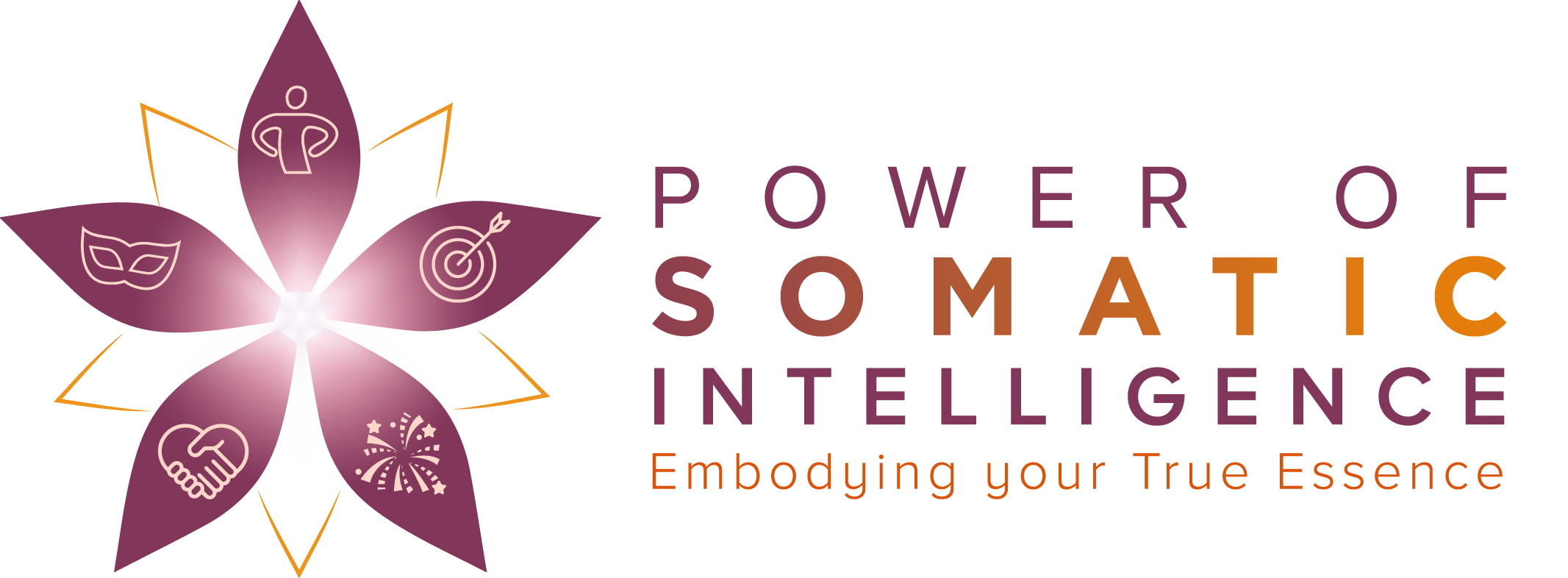How can we heal somatic blocks from the body?
Your emotions are a compass, guiding you to what you need through the wisdom inside you.
But do you know how to listen?
Do you know how to make sense of what your body is saying?
Our body communicates with us all the time through feelings and sensations and it is our job to pay attention. It signals when we need sleep, when we need to stop, when we are hungry, when our nervous system is overloaded, when we feel unsafe. When we feel tightening in our chest, fear creeping up, uneasiness, or shallow breaths, that means our body is trying to tell us something important. We need to learn how to stop and listen.
Thinking happens through the mind and disconnects us from ourselves. Paying attention means our body communicates important messages to us through feelings and sensations, and we pay attention to these signals.
There is a big difference between “thinking” and “paying attention.”
When we don’t pay attention to what the body is saying, we get reactive, sick, and overwhelmed, and our bodies can shut down. It’s our body saying: Hey you! Aren’t you listening to what I am telling you?!
In the Western World, we tend to spend most of the time in our minds, disconnected from our bodies. It leads to mental and physical problems.
We are estranged from our bodies and live absent within.
We don’t notice it but the societies we live in today are disassociated and we are living absent. Can we feel each other? Are we connected to Mother Earth? Can we feel ourselves? No wonder many don’t care anymore or are living while feeling numb.
At the root of trauma is separation.
We all carry trauma to some degree in our body and, as a result, we are not truly in alignment. We are not living embodied and present. We need to integrate these fragmented parts back. We can do this through deep relational space and the processing of frozen emotions. It allows us to restore our nervous system to its natural state.
The process is called Witnessing.
To cut ourselves from an emotion is to cut ourselves from our core life force.
INSTRUCTIONS
Please follow these step-by-step instructions to complete this lesson:
- Watch the short video above
- Read the text above
- Don’t forget to hit the complete button when done
